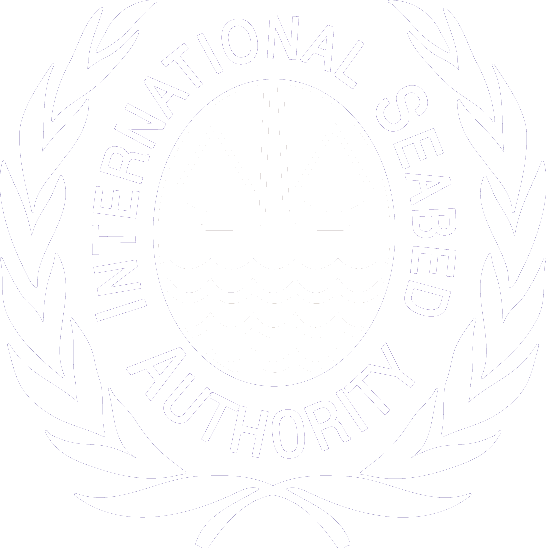Protection of the Marine Environment
Biodiversity in the deep-sea
The past decade saw a significant increase in the knowledge about biodiversity in the deep sea. According to a recent workshop report, in the Clarion-Clipperton Zone, there are at least 500 species collected/observed in many of the major faunal groupings, including metazoan meiofauna (~500 species), macrofauna (>500 species), invertebrate megafauna (~630 species), and foraminifera (>1000 species). Scientists also estimated that many thousands of faunal species occur across the Clarion-Clipperton Zone.
Efforts are underway to describe the many species yet to be discovered and identified and to understand the structure and function of ecosystems in the deep ocean. Such knowledge underpins effective measures to protect the marine environment in the deep ocean.



The role of ISA in the protection of the marine environment
Part of ISA’s responsibilities is to take the necessary measures with respect to activities in the Area to ensure the effective protection of the marine environment from harmful effects which may arise from activities in the Area.
To this end, ISA shall adopt appropriate rules, regulations and procedures for, inter alia:
(a) the prevention, reduction and control of pollution and other hazards to the marine environment, including the coastline, and of interference with the ecological balance of the marine environment, particular attention being paid to the need for protection from harmful effects of such activities as drilling, dredging, excavation, disposal of waste, construction and operation or maintenance of installations, pipelines and other devices related to such activities and
(b) the protection and conservation of the natural resources of the Area and the prevention of damage to flora and fauna of the marine environment.
ISA’s strategies for the protection of the marine environment
In accordance with ISA’s Strategic Plan (ISBA/24/A/10) and its High-Level Action Plan as adopted by the Assembly in 2018 and 2019, respectively, ISA is focusing on the following strategic directions in fulfilling its mandates and responsibilities for the protection of the marine environment:
- Progressively develop, implement and keep under review an adaptive, practical and technically feasible regulatory framework, based on best environmental practices, for the protection of the marine environment from harmful effects which may arise from activities in the Area.
- Develop, implement and keep under review regional environmental assessments and management plans for all mineral provinces in the Area where exploration or exploitation is taking place to ensure sufficient protection of the marine environment as required by, inter alia, article 145 and Part XII of UNCLOS.
- Ensure public access to environmental information, including environmental information from contractors, and participation by stakeholders, as appropriate.
- Develop scientifically and statistically robust monitoring programmes and methodologies to assess the potential risk for activities in the Area to interfere with the ecological balance of the marine environment.
- Develop appropriate regulations, procedures, monitoring programmes and methodologies to prevent, reduce and control pollution and other hazards to the marine environment, as well as interference with the ecological balance of the marine environment, prevent damage to flora and fauna of the marine environment and implement the relevant requirements relating to the protection of the marine environment as contained in Part XII of UNCLOS.

